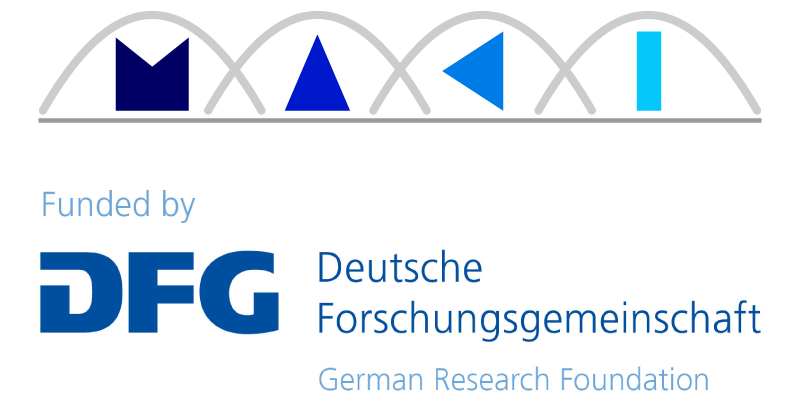Adaptive monitoring in dynamic networks
In a communication system in which multi-mechanism-adaptation is enabled, it is possible to induce mechanism transitions in the system itself to make it adapt to current conditions and performance goals. To determine which transitions are appropriate and to evaluate their actual impact, it is necessary to continuously monitor and analyze the state of the system. Fulfilling this monitoring task is however very challenging, since the targeted communication systems are typically composed by a large number of distributed and heterogeneous devices. Monitoring data describing the state of the system can be reported to and analyzed at central data collectors. At the same time, each node within the communication system should be able to gather and analyze enough information about its own state and that of its neighbors or other relevant nodes. Further, the gathering and analysis of monitoring data must comply with frequently changing external constraints – e.g., with limitations in the available local or remote storage space or in general with changes within the system triggered by mechanism transitions. Accordingly, monitoring mechanisms must be able to adapt at runtime to these constraints. Although several monitoring mechanisms to monitor traditional communication systems are available, there exists no comprehensive monitoring approach that can run on heterogeneous devices and adapt at runtime to varying external requirements and system configurations. Such an approach is however needed to enable the gathering and analysis of monitoring data in the communication systems envisioned by the Collaborative Research Center MAKI.
The focus of MAKI’s sub-project B01 is on investigating comprehensive monitoring solutions for multi-mechanism communication systems. To this end, a monitoring framework that can adapt its own behavior at runtime to the actual state and performance goals of the system will be designed and developed. The framework is expected to comprise different mechanisms – each providing basic or advanced monitoring functionalities – that can be (re-)configured at runtime according to both system- and device-level requirements. The mentioned monitoring mechanisms will be identified and categorized through an extensive analysis of existing monitoring approaches. Thereby, different types of communication systems will be considered, so as to guarantee the wide applicability of the envisioned monitoring framework. In the first phase of MAKI the focus will be on Peer-to-Peer and Wireless Multi-hop Networks as representative examples for overlay and underlay networks, respectively. The extensibility of the framework will be guaranteed through a modular design. Furthermore, both monitoring mechanism operating within a single layer of the communication system and cross-layer approaches will be considered and included in the framework. Besides these horizontal and vertical dimensions of monitoring approaches, also the temporal dimension will be considered. For instance, methods to store monitoring data efficiently over long time intervals – as well as across transitions – will be investigated.
To dynamically configure the monitoring framework according to current system constraints and requirements, a model-based approach will be used. In particular, the configuration space – which is determined by the identified monitoring mechanisms and their interactions – will be modeled as a Dynamic Software Product Line. Thereby, so-called Feature Models will be used. Thanks to the use of this modeling approach a configuration of the monitoring framework that allows it to comply with the mentioned constraints can be computed at runtime. This corresponds to the implementation of MAKI’s multi-mechanism-adaptation paradigm within the monitoring framework itself. To make it possible to configure the framework at runtime also on resource-constrained devices, like, e.g., mobile phones or sensor nodes, new techniques to minimize the configuration space will be investigated. Last but not least, within sub-project B01 it will also be investigated how existing monitoring mechanisms can be endowed with the capability to adapt autonomously to changing requirements without requiring a new configuration of the monitoring framework.
Subproject leader B01
- Prof. Dr. rer. nat. Andy Schürr
- Prof. Dr. sc. Silvia Santini
- Prof. Dr.-Ing. Ralf Steinmetz



